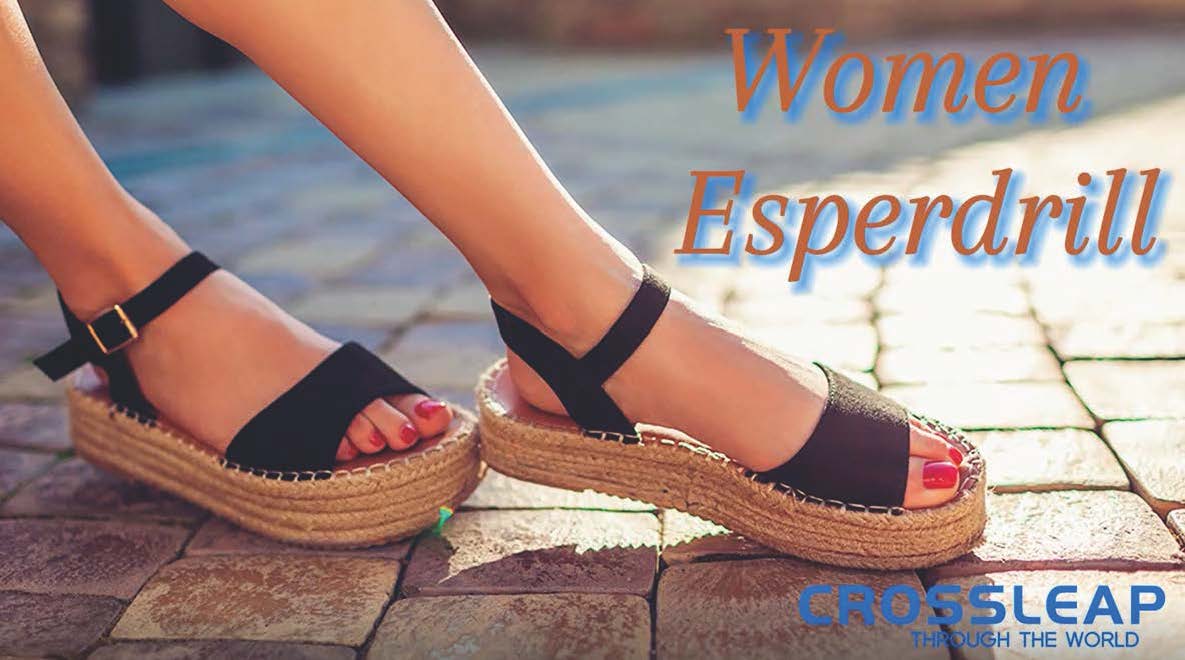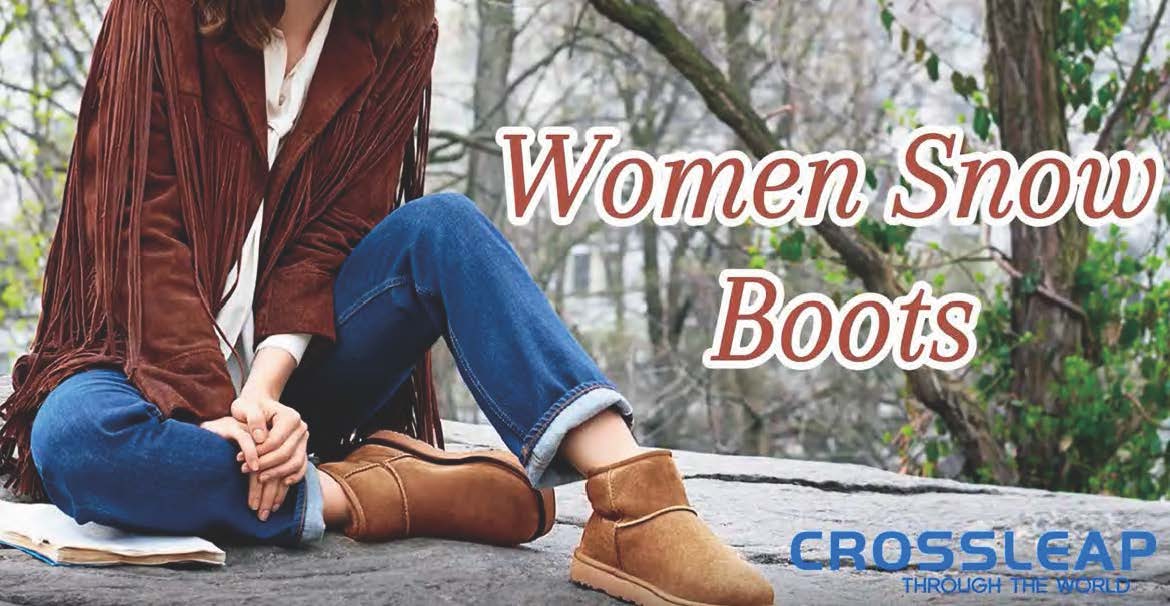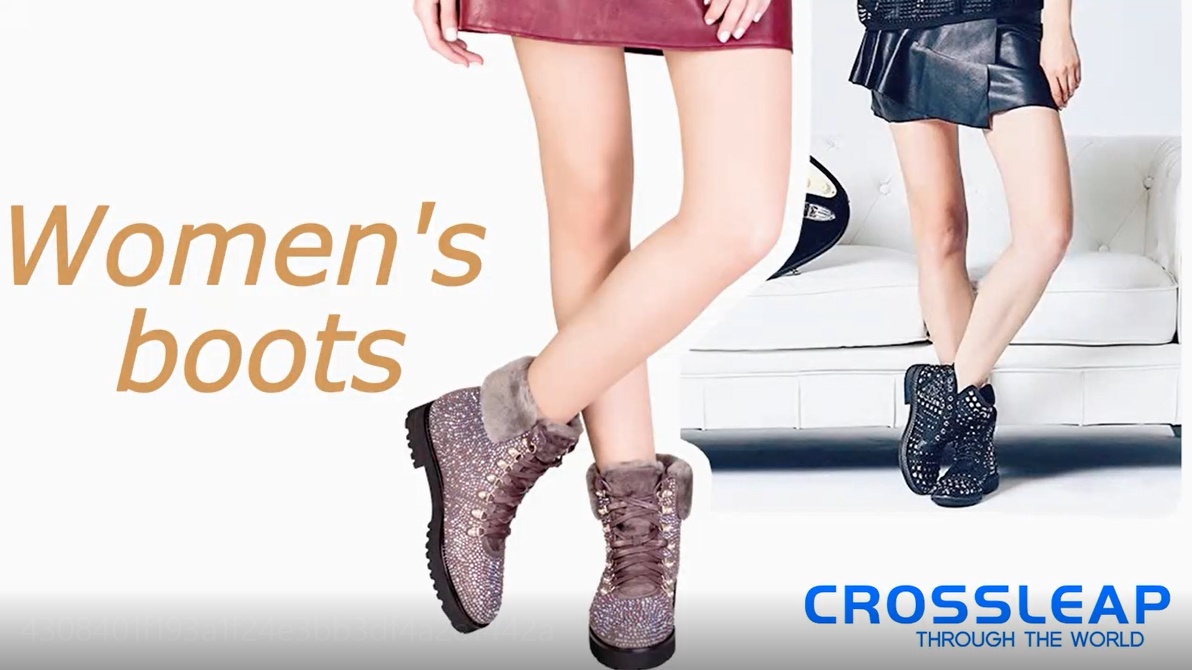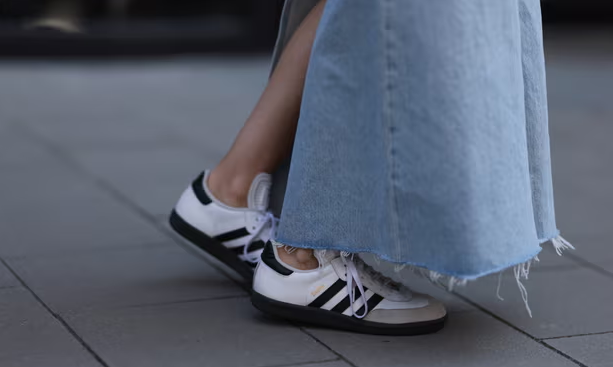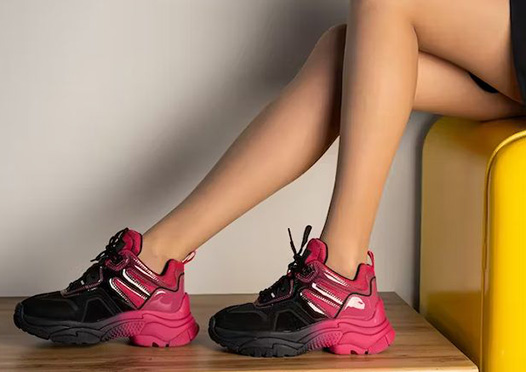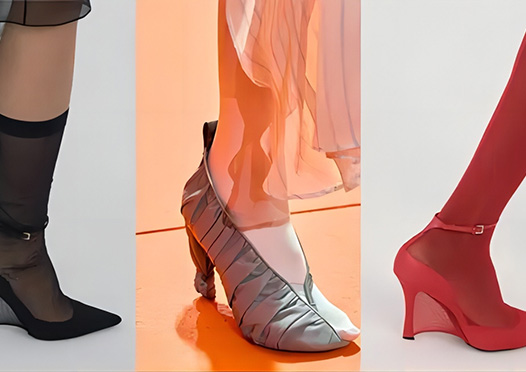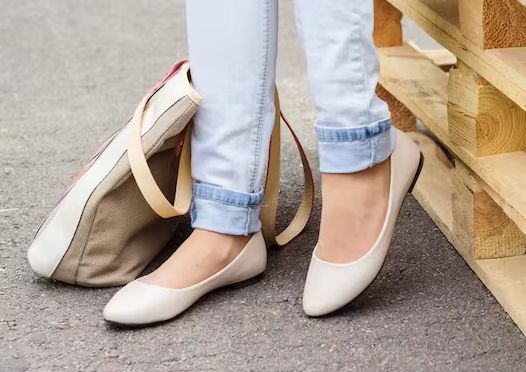Espadrille Shoes – A Product Of Fashion And History
Today, espadrilles are considered an essential fashion accessory, often worn as soon as the temperatures warm up. Known for their comfortable and casual style, espadrilles have become a staple in many wardrobes.
The Espadrille Dates Back More Than 4,000 Years
The origins of this iconic shoe can be traced back several thousand years. Archaeological exploration in a cave near the town of Valtorta in Spain uncovered leather models with woven rope soles, bearing a striking resemblance to modern espadrilles. It is believed that local peasants wore these durable shoes to withstand their challenging working conditions.
The Ancestor of the Espadrille
Contrary to popular belief, the flat-soled espadrille did not originate in Mauléon in the Basque Country. During the reign of the King of Aragon in Spain, infantrymen wore a type of sandal called "alpargatas," considered the forerunner of the modern espadrille. These sandals featured a cotton canvas upper and a woven jute rope sole. Hand-sewn, they were made from natural, inexpensive materials. Each region of Spain was identifiable by the color of its espadrilles: Catalonia had red espadrilles with ribbons, while Valencia's espadrilles were beige and decorated with multiple ribbons.
The Democratization of the Espadrille
Espadrilles were exported to Europe during the Hundred Years' War in the 14th century. However, it wasn't until the 18th century that their manufacture began in France, particularly in the French Basque Country. Workers in Mauléon, known as "the capital of espadrilles," started producing the first pairs for men and women. The manufacturing process was unique: hemp weavers made the braided rope soles, while seamstresses created the canvas in linen or cotton, experimenting with colors and patterns. As demand grew, especially in the mines of northern France and South America, family workshops employed Spanish workers, who were nicknamed “the swallows” because they came in the fall and left in the spring.
By the early 21st century, St-Laurent-de-Cerdans in French Catalonia had become a major center for manufacturing high Catalan lace-up espadrilles for women, known as “vigatanes.” Initially sold only in traditional markets, espadrilles spread throughout France, leading to their industrialization and mass production. Adopted by farmers and artisans for their durability and comfort, espadrilles also appealed to aristocrats seeking comfort and freshness during the summer. This widespread adoption led to a diversification of materials, with soles made from jute and rubber.
Espadrilles Become a Luxury Accessory
The First World War marked a significant shift in espadrille manufacturing, with rubber soles becoming the norm. By the 20th century, espadrilles were a popular choice for summer footwear, especially at the beach. They gained popularity among French men during the 1960s hippie movements and have recently seen a resurgence as city footwear.
In the 1960s, the espadrille's democratization caught the attention of high fashion. Yves Saint Laurent was the first to reinvent this traditional sandal by adding a heel and an ankle ribbon, making it more feminine and sophisticated. Espadrilles then became a high-end fashion item, embraced by major couture houses, leading to the emergence of brands like Castaner.
Modern Espadrilles
Today, espadrilles come in various styles: flat soles, heels, wedges, for men, women, and children, plain or patterned, with or without laces. While most French artisanal espadrilles are still made in Mauléon, they face competition from low-quality, aggressively priced Chinese imports. At Angarde, we've modernized the traditional espadrille to enhance comfort, durability, and style. Our reworked sole is waterproof, flexible for walking, and as resistant as a sneaker. The upper part is made from recycled cotton (or linen), maintaining the French espadrille's DNA, with production in Spain. Our espadrilles are elegant, durable, easy to wear, and machine washable.
Espadrilles have evolved from popular shoes to fashion-forward accessories, known for their comfort, usefulness in summer, and timeless design. Whether flat, wedged, or with a heel, embroidered, with ribbons, or without, there's a style for everyone. Espadrilles fit all occasions, offering a stylish way to dress your feet in summer.
Now you know the origin and history of this famous summer shoe ;-)

